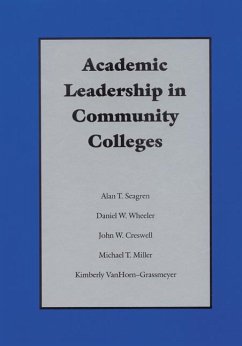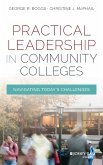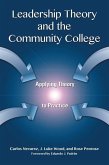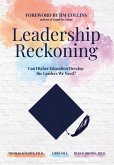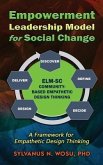Many challenges face community, technical, and junior colleges as they prepare for the 21st century. The more than 1,400 community colleges in the United States and Canada are led by approximately 14,000 academic deans and department heads, each of whom must balance the demands of the students, faculties, sponsors, community, and the college itself. As college enrollments increase, so do responsibilities, problems, and stress. Further stress will come to bear upon community colleges in the next decade, when 40% of their academic leaders are expected to retire. There is justifiable concern about the identification, recruitment, and preparation of individuals to assume vacant leadership positions. Academic Leadership in Community Colleges provides the necessary touchstones and guidelines for persons within institutions preparing for new leadership. Written by professional educators, this book is based on a survey of 3,000 deans and department heads in community colleges in the United States and Canada. The survey disclosed the broad variety of responsibilities, organizational structures, and developmental strategies exercised by academic leaders in community colleges from coast to coast. The research was conducted by the Center for the Study of Higher and Postsecondary Education at the University of Nebraska-Lincoln and supported by the National Community College Chair Academy. Introductory chapters present comparative information about community colleges: their various missions, instructional units, and demographic situations. Other chapters focus on the beliefs and values, tasks, skills, competition, and challenges that greet academic leaders. Readers will find useful strategies forconfronting frequent problems and procedures for achieving greater college cohesion and efficiency.
Hinweis: Dieser Artikel kann nur an eine deutsche Lieferadresse ausgeliefert werden.
Hinweis: Dieser Artikel kann nur an eine deutsche Lieferadresse ausgeliefert werden.

